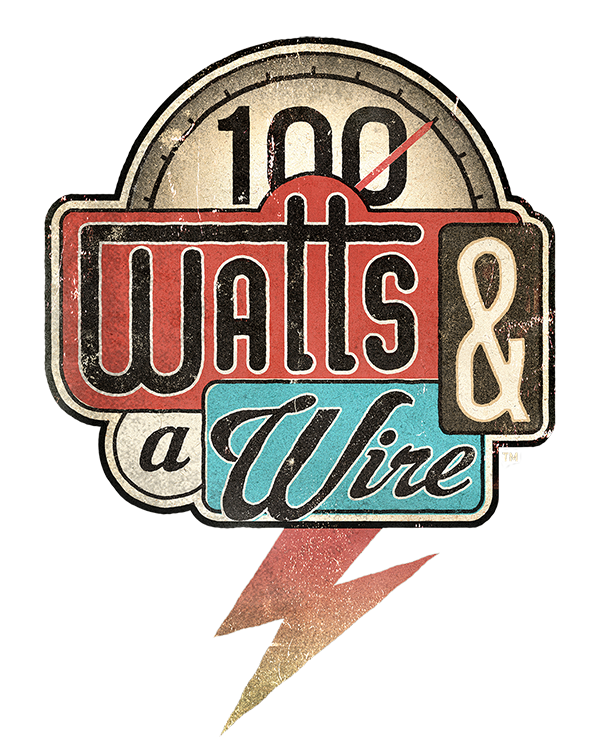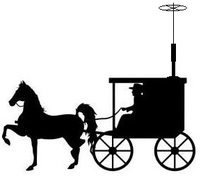Breaker Breaker! Breaker....Breaker........Breaker................Breaker
Okay, now that I have both a teasing jab at CB, and a reference to a very popular 90's sitcom out of the way, I'll get down to the real business at hand - fun with Ham radio!
The real reason for this post being titled "Breaker Breaker" is not because I'm trying to jump in with emergency traffic, or talk to truckers on channel 19 - it's because I just took delivery of a bunch of (6) actual breakers today....

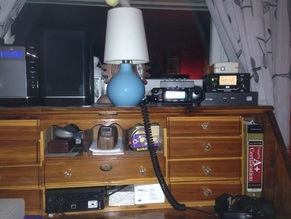
So, last week I finally got around to e-mailing the two gentlemen listed in the ARRL article, and within a week I had my new breakers, free of charge, sitting on my doorstep. Now I just have to find time to... *Ahem* Now "my certified electrician" has to find time to replace these breakers (all kidding aside - changing breakers isn't a DIY project if you don't know what you are doing - consider yourself warned!) Once that's done, I'll be good as new, playing radio AND being warm!
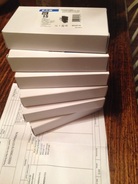
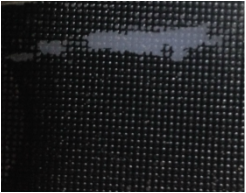
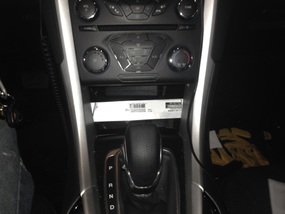
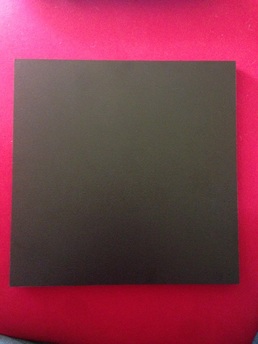
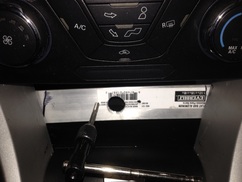
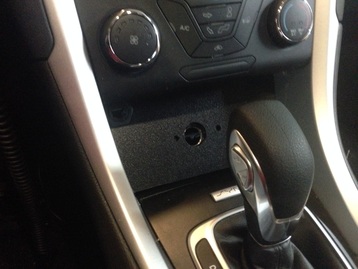
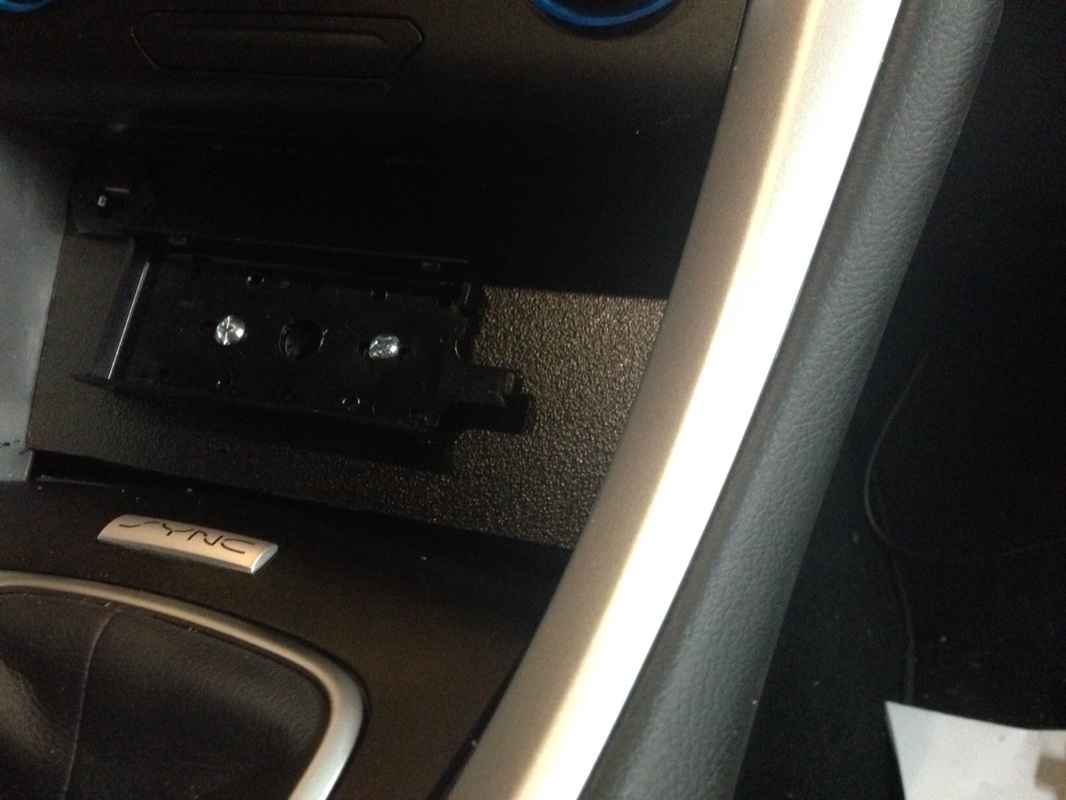
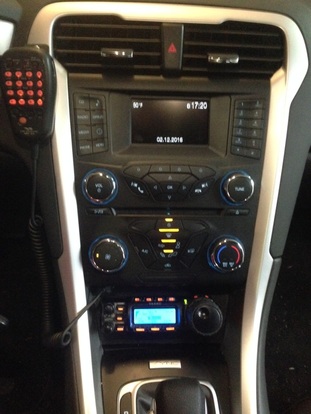

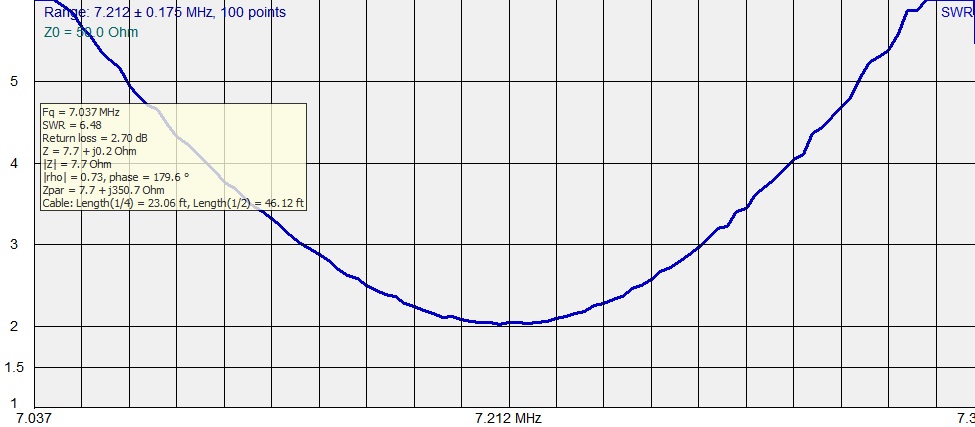
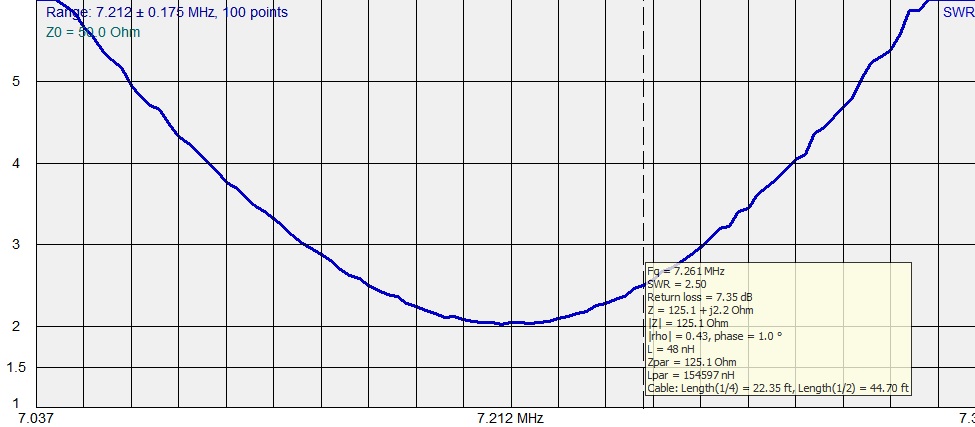
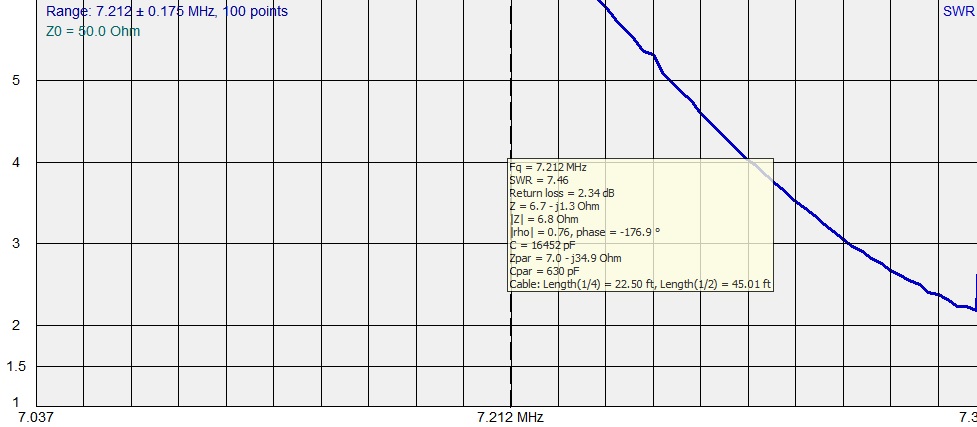
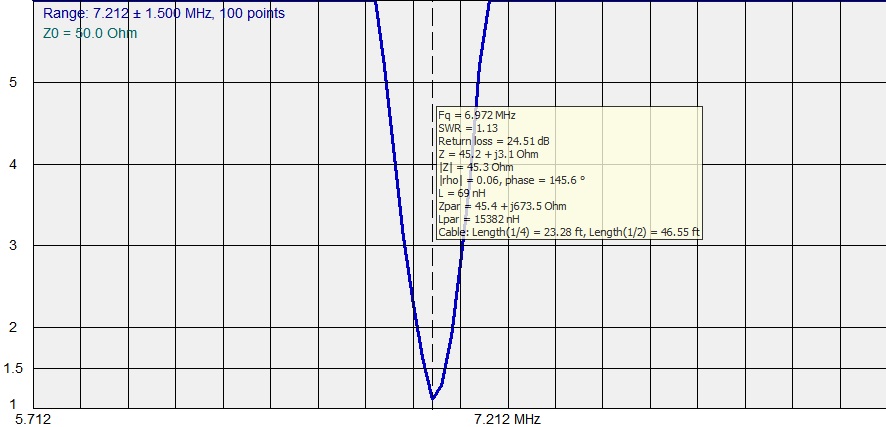
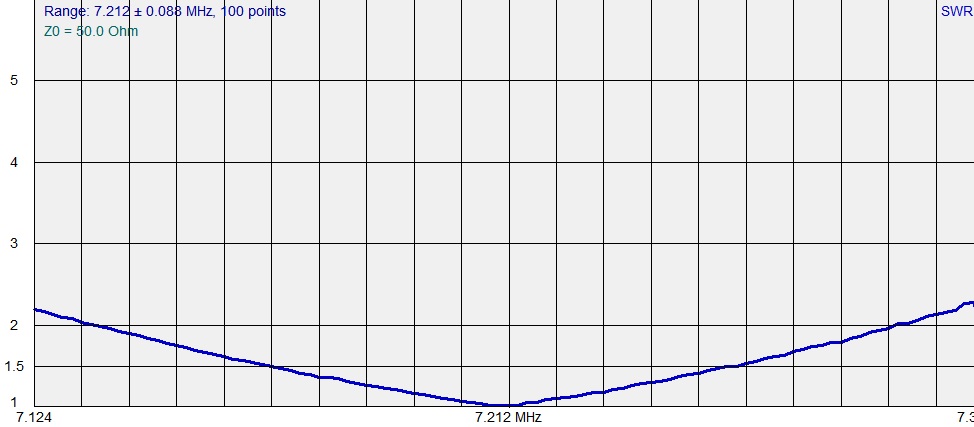
 RSS Feed
RSS Feed


